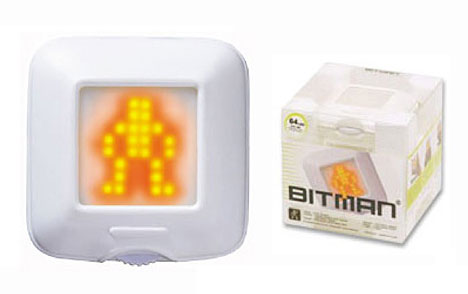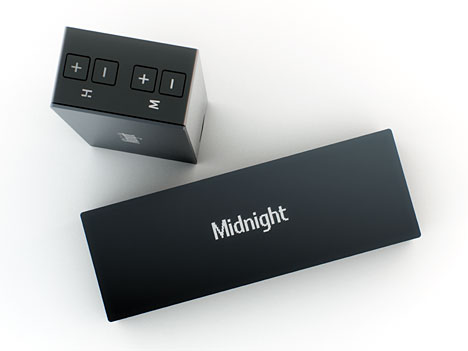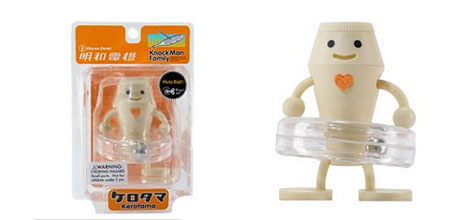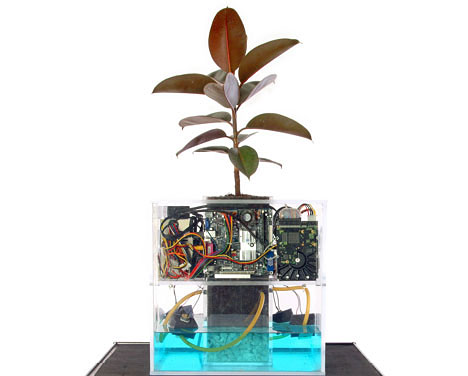Device Art: A New Form of Media Art from a Japanese Perspective
Device Art is a concept for re-examining art-science-technology relationships both from a contemporary and historical perspective in order to foreground a new aspect of media art. The term "Device Art" may sound obscure, or even self-contradictory, but it is a conscious choice. The concept is a logical extension of a change in the notion of art that already started in the early 20th century with art movements such as Dada and Surrealism. More recently, interactive art has redefined forms of art and the role of artists. What we call device art is a form of media art that integrates art and technology as well as design, entertainment, and popular culture. Instead of regarding technology as a mere tool serving the art, as it is commonly seen, we propose a model in which technology is at the core of artworks. As I will discuss later, the concept took shape on the basis of an analysis of works by contemporary Japanese media artists. Features surfacing in many of these projects include interaction, a positive attitude towards technology, and playfulness. The influence of Japanese cultural tradition can be clearly traced in these haracteristics. Another aspect of this work is the artists' involvement in fields such as design, entertainment, and commercial production, which becomes evident in the approach of internationally recognized artists such as Toshio Iwai, Nobumichi Tosa (Maywa Denki), and Kazuhiko Hachiya. This approach, which is often considered suspect from a Western point of view, is actually a natural part of Japanese art. A long history of visual culture that developed independently from Western paradigms of art plays an important role in the Japanese art scene, offering artists wider possibilities for bringing their concepts outside of the context of museums and galleries.
References : Japanese Media arts
My personal review
Device art is an interesting subject to the world of art, it is how you came out with something that are periodically rare and experimental but somehow is useful to the human environment or anything else that related to the world;subject. It is how you implement the world of art through physical computing, as for me, my project is literally based on the term of device art, creating a digital instrument
some example of device art.
 The Bitman project by Maywa Denki represents the quintessential Device Art object.
The Bitman project by Maywa Denki represents the quintessential Device Art object.
 Lebedev is a digital clock that displays time in phrases, encouraging users to think of time in more human terms.
Lebedev is a digital clock that displays time in phrases, encouraging users to think of time in more human terms.
 Knockman by Maywa Denki, is part of a family of wind up toys that represent the "cute factor" in a lot of today's Device Art work in Japan.
Knockman by Maywa Denki, is part of a family of wind up toys that represent the "cute factor" in a lot of today's Device Art work in Japan.
 Spore, by SWAMP (Studies of Work Atmospheres and Mass Production) - an art collective comprised of Douglas Easterly and Matt Kenyon, is a "self-sustaining ecosystem for a rubber tree plant purchased at Home Depot
Spore, by SWAMP (Studies of Work Atmospheres and Mass Production) - an art collective comprised of Douglas Easterly and Matt Kenyon, is a "self-sustaining ecosystem for a rubber tree plant purchased at Home Depot
Device Art is a concept for re-examining art-science-technology relationships both from a contemporary and historical perspective in order to foreground a new aspect of media art. The term "Device Art" may sound obscure, or even self-contradictory, but it is a conscious choice. The concept is a logical extension of a change in the notion of art that already started in the early 20th century with art movements such as Dada and Surrealism. More recently, interactive art has redefined forms of art and the role of artists. What we call device art is a form of media art that integrates art and technology as well as design, entertainment, and popular culture. Instead of regarding technology as a mere tool serving the art, as it is commonly seen, we propose a model in which technology is at the core of artworks. As I will discuss later, the concept took shape on the basis of an analysis of works by contemporary Japanese media artists. Features surfacing in many of these projects include interaction, a positive attitude towards technology, and playfulness. The influence of Japanese cultural tradition can be clearly traced in these haracteristics. Another aspect of this work is the artists' involvement in fields such as design, entertainment, and commercial production, which becomes evident in the approach of internationally recognized artists such as Toshio Iwai, Nobumichi Tosa (Maywa Denki), and Kazuhiko Hachiya. This approach, which is often considered suspect from a Western point of view, is actually a natural part of Japanese art. A long history of visual culture that developed independently from Western paradigms of art plays an important role in the Japanese art scene, offering artists wider possibilities for bringing their concepts outside of the context of museums and galleries.
References : Japanese Media arts
My personal review
Device art is an interesting subject to the world of art, it is how you came out with something that are periodically rare and experimental but somehow is useful to the human environment or anything else that related to the world;subject. It is how you implement the world of art through physical computing, as for me, my project is literally based on the term of device art, creating a digital instrument
some example of device art.
 The Bitman project by Maywa Denki represents the quintessential Device Art object.
The Bitman project by Maywa Denki represents the quintessential Device Art object. Lebedev is a digital clock that displays time in phrases, encouraging users to think of time in more human terms.
Lebedev is a digital clock that displays time in phrases, encouraging users to think of time in more human terms. Knockman by Maywa Denki, is part of a family of wind up toys that represent the "cute factor" in a lot of today's Device Art work in Japan.
Knockman by Maywa Denki, is part of a family of wind up toys that represent the "cute factor" in a lot of today's Device Art work in Japan. Spore, by SWAMP (Studies of Work Atmospheres and Mass Production) - an art collective comprised of Douglas Easterly and Matt Kenyon, is a "self-sustaining ecosystem for a rubber tree plant purchased at Home Depot
Spore, by SWAMP (Studies of Work Atmospheres and Mass Production) - an art collective comprised of Douglas Easterly and Matt Kenyon, is a "self-sustaining ecosystem for a rubber tree plant purchased at Home Depot

No comments:
Post a Comment